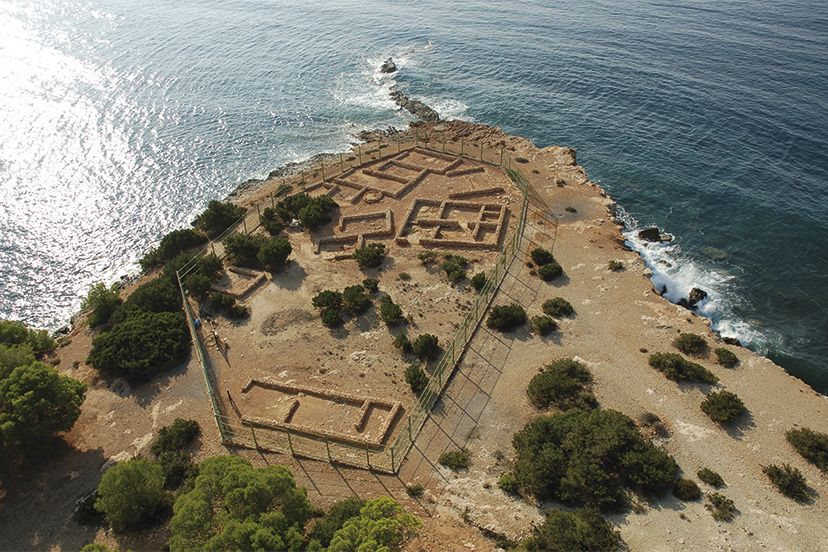On 4 December 1999, Ibiza joined the exclusive list of places recognised as World Heritage Sites. A momentous date that marked a milestone in the long process of recovery and recognition of the value of an historic heritage and a natural diversity that is unique in the world and which this year celebrates its 25th anniversary.
Four features of the island of Ibiza led to its declaration by UNESCO as a World Heritage Site in 1999. The Dalt Vila Acropolis is a warren of cobbled streets that have witnessed the passage of various cultures. Following colonisation by the Phoenicians, it has seen the Carthaginian world, the Roman invasion, which was followed by a period of Islamic rule, and within its walls you can perceive and admire the history and the legacy left by the different civilisations that have passed through this ancient walled city.
Another part of the World Heritage is the Puig des Molins Necropolis, the cemetery of ancient Ibiza which is the best preserved of its kind in the Mediterranean, with over 3000 tombs excavated within its confines. It is striking as it covers such a large area and is in an excellent state of preservation. The Puig des Molins Archaeological Museum is also located here, and houses some of the most valuable Phoenician and Carthaginian artefacts, along with the pantheon of the Gods and Goddesses Tanit, Baal Hammon and Eshmun.
The earliest settlement on the island was also founded by the Phoenicians in Sa Caleta which is part of the World Heritage Site. These remains are the most important archaeological find of the last 25 years, and they are a unique example of the oldest phase of Ibizan colonisation by the Phoenicians. Now this settlement covers four hectares although it is known to have extended over more than six. In 2024 a Visitors’ Centre will be opened and it will be possible to visit not only the remains in the southern vicinity of the site but also those that have been discovered more recently.
Finally, biodiversity has also been declared a World Heritage Site in the form of the meadows of seagrass or Posidonia Oceanica, a plant which is endemic to the Mediterranean. This species plays an important role in conserving the beaches of the coastline and protecting the dunes, in addition to keeping the waters clean and transparent, also serving as a home to many species of fish and invertebrates. Their existence is essential to the ecological balance of the marine medium, as they form reefs parallel with the coast that rise up to one or two metres in height, forming a natural barrier that mitigates the action of the waves. Seagrass is Ibiza’s most important natural treasure.
In 2024 the island will be busy with all kinds of cultural activities to celebrate Ibiza’s 25th anniversary as a World Heritage Site.

